Home>Furniture & Design>Living Room Furniture>How To Add Padding To Recliner Seat
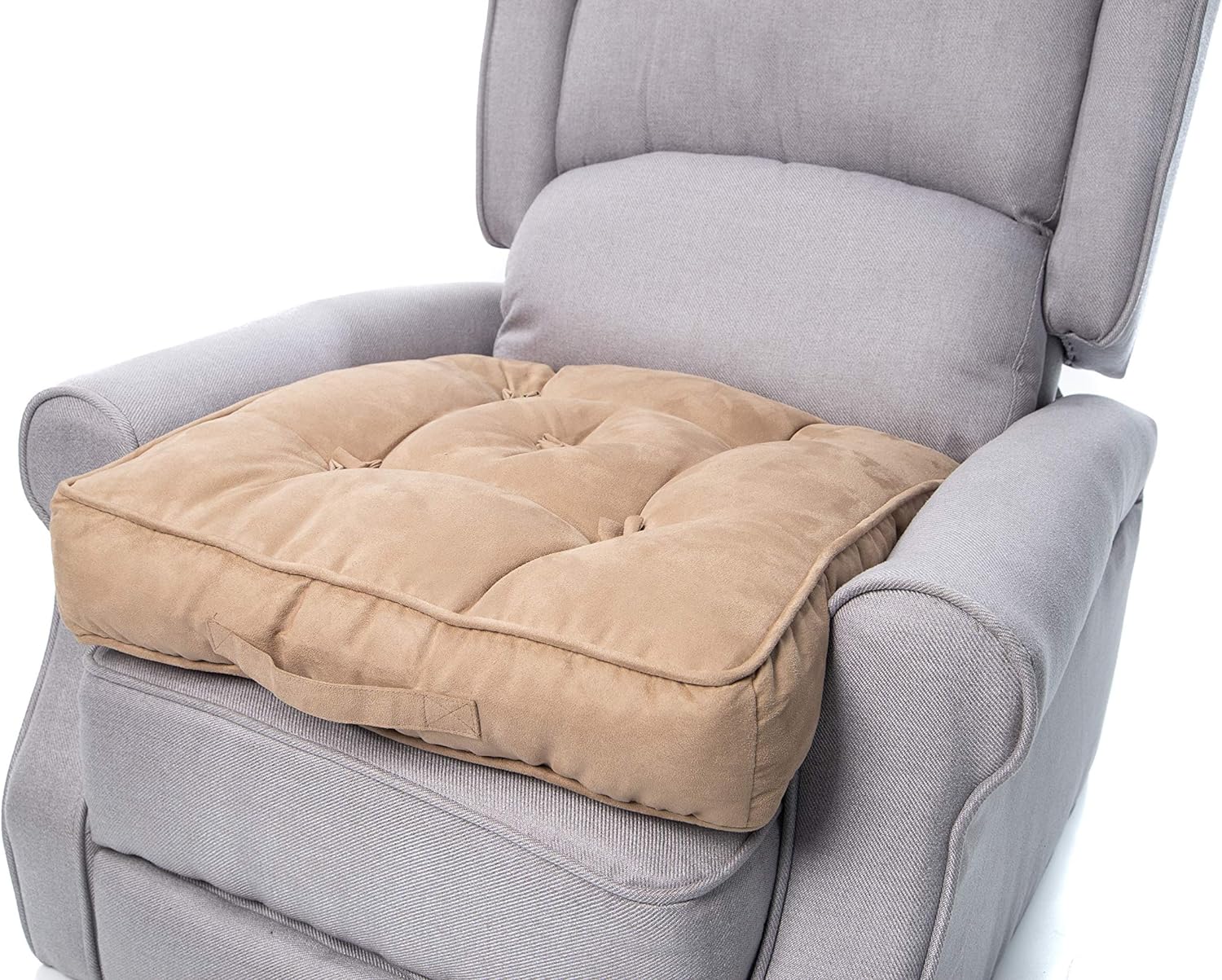

Living Room Furniture
How To Add Padding To Recliner Seat
Published: December 20, 2023
Learn how to add padding to your recliner seat for extra comfort and support. Enhance your living room furniture and design with this simple DIY solution.
(Many of the links in this article redirect to a specific reviewed product. Your purchase of these products through affiliate links helps to generate commission for Storables.com, at no extra cost. Learn more)
Introduction
Welcome to the world of ultimate relaxation and comfort – the realm of recliner seats. These beloved pieces of furniture have long been cherished for their ability to provide a cozy sanctuary for unwinding after a long day. However, as with any well-loved item, the passage of time can take a toll, and the once-plush padding of a recliner seat may start to lose its luster, resulting in a less-than-ideal seating experience. Fear not, as there are ways to revitalize your recliner seat and restore it to its former glory.
In this comprehensive guide, we will delve into the art of adding padding to a recliner seat. Whether you are seeking to enhance the support, softness, or overall feel of your favorite spot in the living room, this step-by-step exploration will equip you with the knowledge and skills needed to breathe new life into your cherished recliner.
From understanding the importance of proper padding to selecting the right materials and executing the padding process, we will cover every aspect of this rejuvenating endeavor. So, grab your tools and let’s embark on this journey to transform your recliner seat into a haven of comfort and relaxation.
Key Takeaways:
- Revitalize your recliner seat by adding new padding to restore comfort and support, ensuring a cozy sanctuary for relaxation and unwinding.
- Choose the right padding material to customize the feel of your recliner seat, whether you prefer firm support or a softer, more yielding experience.
Read more: How To Restuff A Recliner Seat
Understanding the Importance of Padding in Recliner Seats
Padding serves as the cornerstone of comfort and support in recliner seats. It is the element that cushions your body, cradles you in relaxation, and ensures that you can fully unwind without feeling any discomfort. A well-padded recliner seat not only contributes to physical comfort but also plays a vital role in promoting mental relaxation and overall well-being.
When you sink into a recliner, the padding is what envelops you in a gentle embrace, allowing you to let go of the day’s stresses and simply bask in the tranquility of the moment. However, over time, the padding may lose its resilience, leading to a less supportive and less comfortable seating experience. This can manifest as sagging, uneven firmness, or a general lack of plushness.
Proper padding is essential for maintaining the structural integrity of the seat, preventing discomfort, and ensuring that the recliner continues to be a cherished oasis of relaxation. Whether you use your recliner for reading, watching television, or simply unwinding, the quality of the padding directly impacts your overall enjoyment and comfort.
Moreover, adequate padding can also contribute to the longevity of the recliner seat. By providing a protective layer between the user and the internal framework of the seat, the padding helps distribute weight evenly and reduces the impact of regular use, thereby minimizing wear and tear.
Ultimately, the padding in a recliner seat is more than just a superficial layer; it is the very essence of comfort and relaxation. Understanding its significance is crucial when seeking to enhance or restore the comfort of your beloved recliner.
Assessing the Current Padding Situation
Before embarking on the journey of adding padding to your recliner seat, it’s essential to assess the current state of the padding. This evaluation will help you determine the extent of the issue and identify the specific areas that require attention.
Begin by carefully examining the seat and backrest of the recliner. Look for signs of wear, such as sagging, flattening, or uneven firmness. Sit in the recliner and pay attention to how the padding feels against your body. Note any discomfort, lack of support, or areas that feel noticeably less cushioned than others.
Next, inspect the upholstery covering the padding. Check for any tears, fraying, or signs of deterioration. It’s important to address any issues with the upholstery before adding padding to ensure that the new padding is properly protected and secured.
Additionally, consider the type of padding currently used in the recliner. Is it foam, polyester fiberfill, down feathers, or a combination of materials? Understanding the existing padding will help you make informed decisions when selecting new padding materials.
Take measurements of the seat and backrest to determine the amount of padding needed. This step is crucial for ensuring that you purchase the appropriate quantity of padding material and achieve uniform coverage throughout the recliner.
Finally, consider the overall condition of the recliner. If the frame, springs, or other structural components show signs of significant wear, it may be necessary to address these issues before adding new padding. A sturdy and well-maintained frame is essential for maximizing the effectiveness of the new padding and ensuring the longevity of the recliner.
By thoroughly assessing the current padding situation, you will gain valuable insights that will guide you through the process of adding new padding to your recliner. This proactive approach sets the stage for a successful rejuvenation of your beloved seat, allowing you to tailor the padding to address specific comfort and support needs.
To add padding to a recliner seat, you can use a seat cushion or a foam padding insert. Measure the seat area and choose a cushion or padding that fits well. Place it on the seat for added comfort.
Choosing the Right Padding Material
When it comes to adding padding to a recliner seat, selecting the right material is paramount to achieving the desired level of comfort and support. The choice of padding material can significantly impact the feel, durability, and overall performance of the recliner seat.
Here are some common padding materials to consider:
- Foam: High-density foam is a popular choice for its resilience and ability to provide firm support. It comes in various densities and firmness levels, allowing you to customize the feel of the recliner seat to your preference.
- Polyester Fiberfill: This synthetic material offers a soft and plush feel, making it ideal for creating a cozy and comfortable seating surface. It is also hypoallergenic and resistant to mildew, making it a practical choice for many households.
- Down Feathers: Known for their luxurious softness, down feathers can be used to add a layer of plush comfort to the recliner seat. They provide a cloud-like feel and are often blended with other materials for added resilience.
- Combination Materials: Some padding options combine different materials, such as foam and fiberfill, to achieve a balance of support and softness.
Consider the desired level of firmness and softness when choosing a padding material. If you prefer a firmer seat with ample support, high-density foam may be the ideal choice. On the other hand, if you prioritize a softer, more yielding feel, polyester fiberfill or down feathers may be more suitable.
Take into account any specific comfort needs or preferences, such as lumbar support or pressure relief, when selecting the padding material. Certain materials may offer targeted support for different areas of the body, enhancing the overall comfort of the recliner seat.
It’s also important to consider the maintenance and longevity of the padding material. Choose a material that is durable, easy to clean, and resistant to compression over time, ensuring that your recliner remains comfortable and supportive for years to come.
By carefully evaluating the characteristics of each padding material and aligning them with your comfort preferences, you can make an informed decision that will elevate the comfort and enjoyment of your recliner seat.
Adding Padding to the Recliner Seat
Now that you’ve assessed the current padding situation and chosen the right padding material, it’s time to embark on the process of adding new padding to your recliner seat. This transformative endeavor will breathe new life into your beloved seat, restoring its comfort and ensuring that it continues to be a cherished haven of relaxation.
Here are the essential steps for adding padding to the recliner seat:
- Prepare the Recliner: Start by removing the seat and backrest cushions from the recliner. This will provide access to the existing padding and allow you to work on rejuvenating the seat more effectively.
- Inspect and Repair: Thoroughly examine the upholstery and padding for any damage or wear. Address any tears, fraying, or weak spots in the padding to ensure a solid foundation for the new padding.
- Measure and Cut: Use the measurements obtained during the assessment phase to cut the new padding material to the appropriate size and shape. Precision is key to achieving uniform coverage and a seamless feel.
- Layer the Padding: If using multiple layers of padding, carefully stack and align them to create a cohesive and supportive foundation for the seat and backrest. This step allows you to customize the level of comfort and support to your liking.
- Secure the Padding: Once the new padding is in place, secure it to the seat and backrest using upholstery adhesive or other appropriate fastening methods. This ensures that the padding remains in position and maintains its intended shape and support.
- Reupholster: After adding the new padding, reupholster the seat and backrest with the chosen fabric, ensuring a snug and smooth fit. This step not only enhances the visual appeal of the recliner but also protects the new padding and ensures long-lasting comfort.
- Reassemble the Recliner: Carefully reattach the refreshed seat and backrest cushions to the recliner, securing them in place and ensuring that they align seamlessly with the rest of the furniture.
Throughout this process, attention to detail and precision are crucial for achieving optimal results. By methodically adding new padding to the recliner seat, you can revitalize its comfort and transform it into a rejuvenated sanctuary for relaxation.
Once the padding has been added, take a moment to sink into the recliner and revel in the renewed comfort it provides. The meticulous effort invested in adding new padding will culminate in a truly rewarding and indulgent seating experience, allowing you to fully embrace the comfort and relaxation that your recliner offers.
Read more: What Is Cradle Recliner Seat
Conclusion
Adding padding to a recliner seat is a transformative process that rejuvenates the comfort and allure of this cherished piece of furniture. By understanding the significance of padding, assessing the current state of the padding, choosing the right padding material, and executing the padding process with care and precision, you can breathe new life into your recliner and ensure that it continues to be a source of relaxation and comfort for years to come.
Proper padding is essential for creating a supportive and inviting seating experience. It envelops you in a cocoon of comfort, allowing you to unwind and indulge in moments of tranquility. Whether you seek to enhance the firmness, softness, or overall feel of your recliner seat, the addition of new padding can revitalize the entire seating experience, elevating it to new heights of comfort and luxury.
As you embark on the journey of adding padding to your recliner seat, remember that attention to detail and thoughtful consideration of your comfort preferences are paramount. The meticulous process of assessing, selecting, and adding padding is a labor of love, culminating in a rejuvenated recliner that beckons you to relax and unwind in style.
So, take the time to evaluate the padding needs of your recliner, choose the ideal padding material, and embark on the rewarding process of adding new padding. The result will be a seat that not only cradles you in comfort but also serves as a symbol of relaxation and indulgence in your living space.
With each added layer of padding, you are crafting a haven of comfort – a place where you can retreat, unwind, and savor moments of peace and tranquility. Embrace the art of adding padding to your recliner seat, and revel in the enhanced comfort and relaxation it brings to your everyday life.
Frequently Asked Questions about How To Add Padding To Recliner Seat
Was this page helpful?
At Storables.com, we guarantee accurate and reliable information. Our content, validated by Expert Board Contributors, is crafted following stringent Editorial Policies. We're committed to providing you with well-researched, expert-backed insights for all your informational needs.
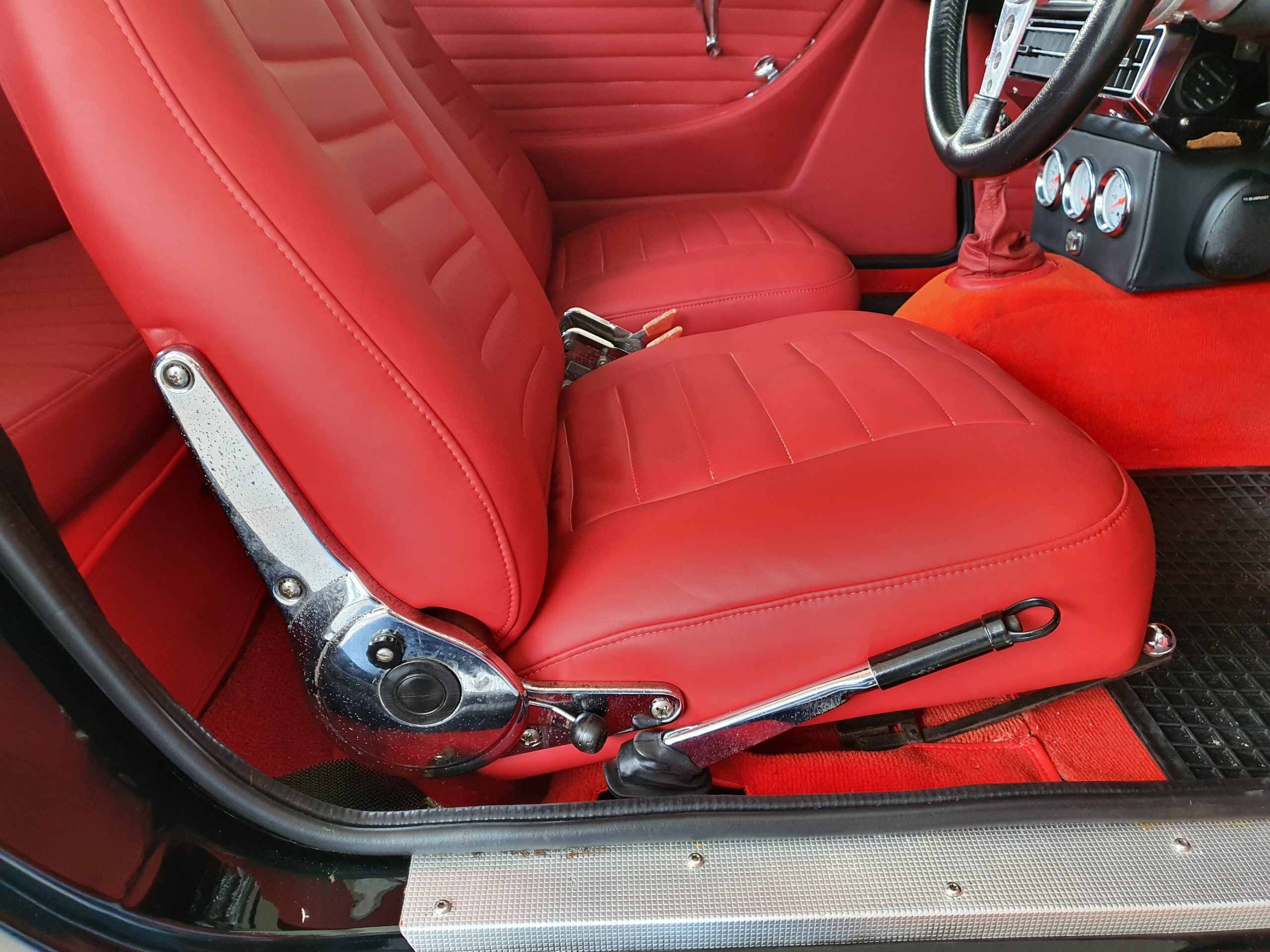

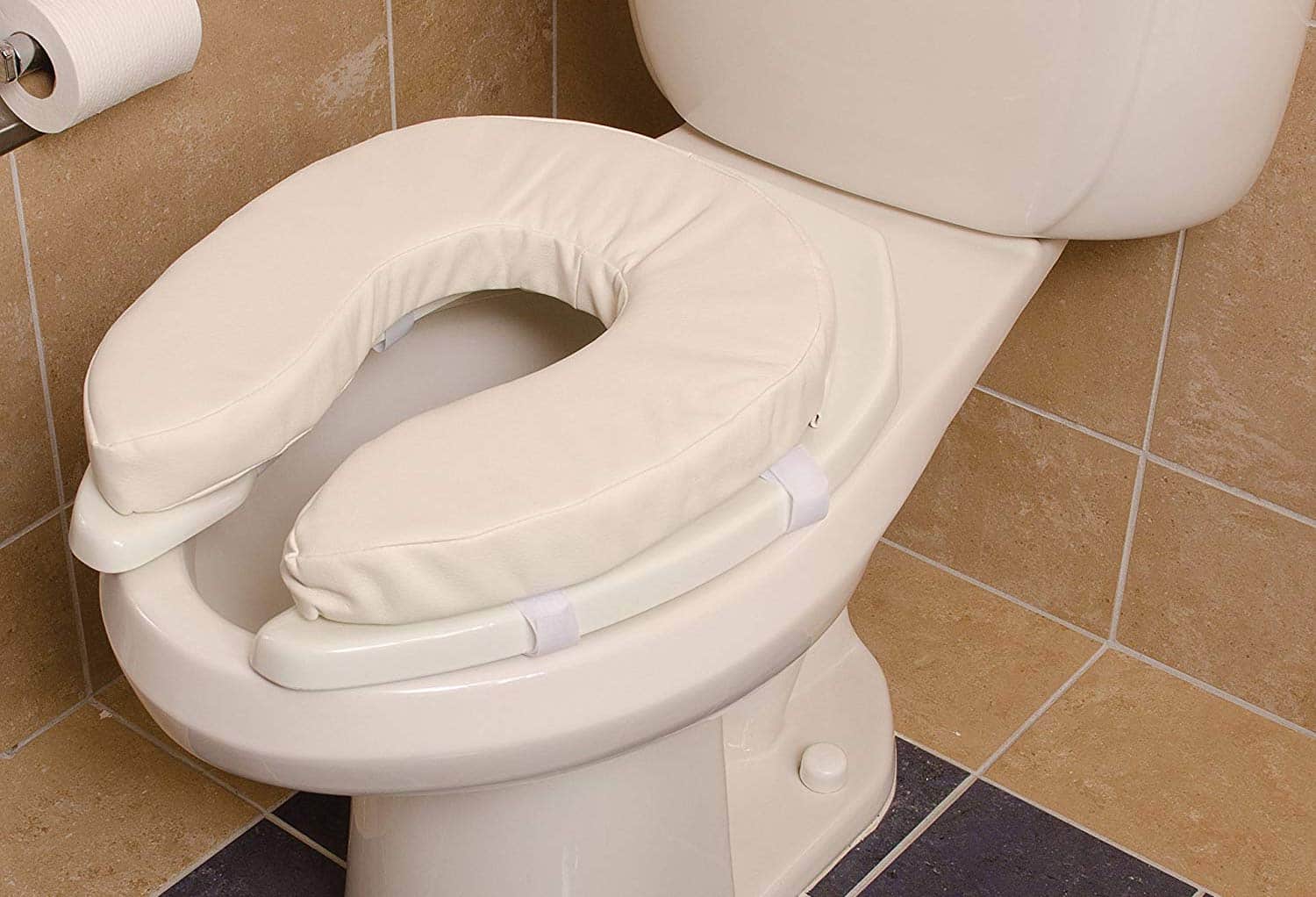
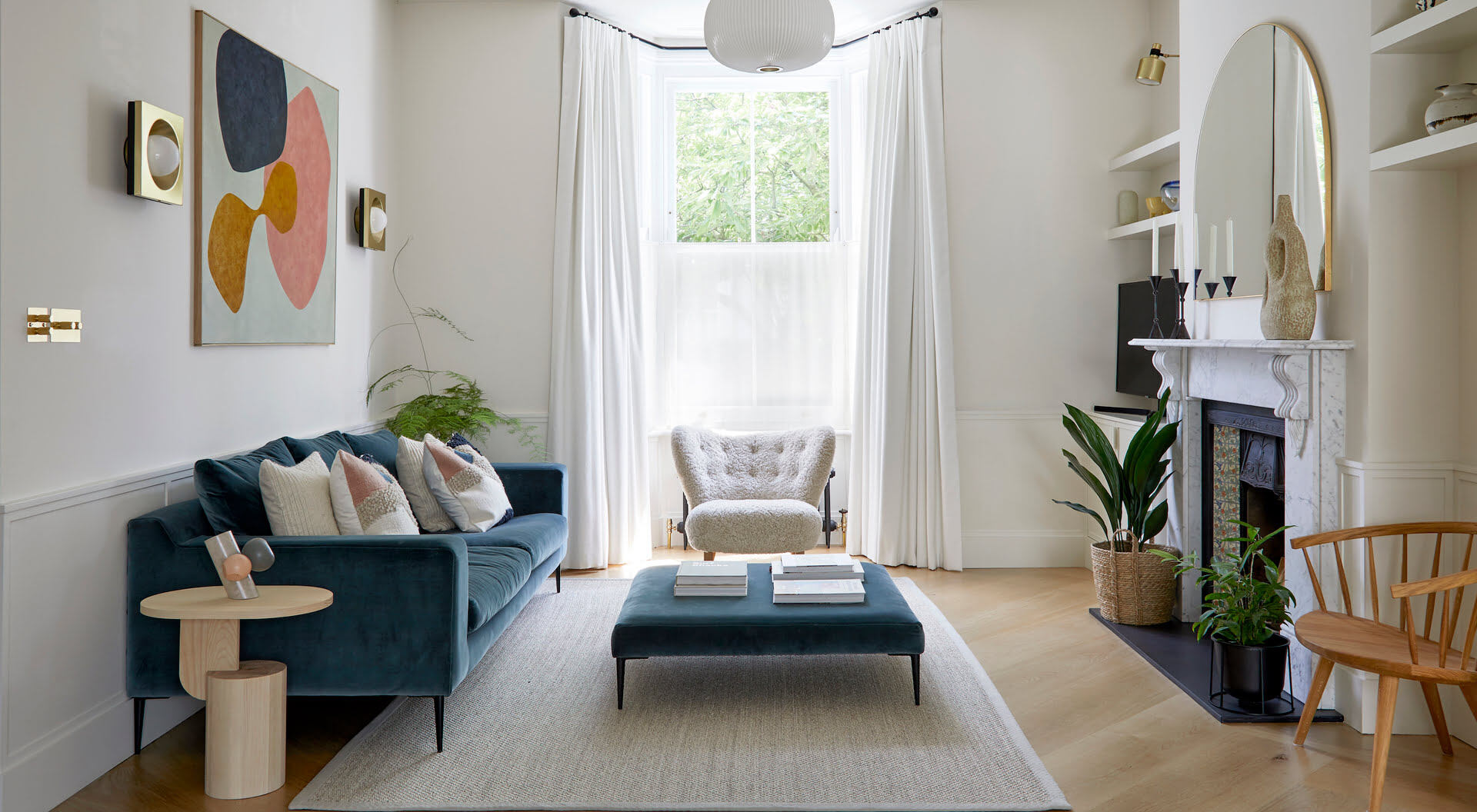
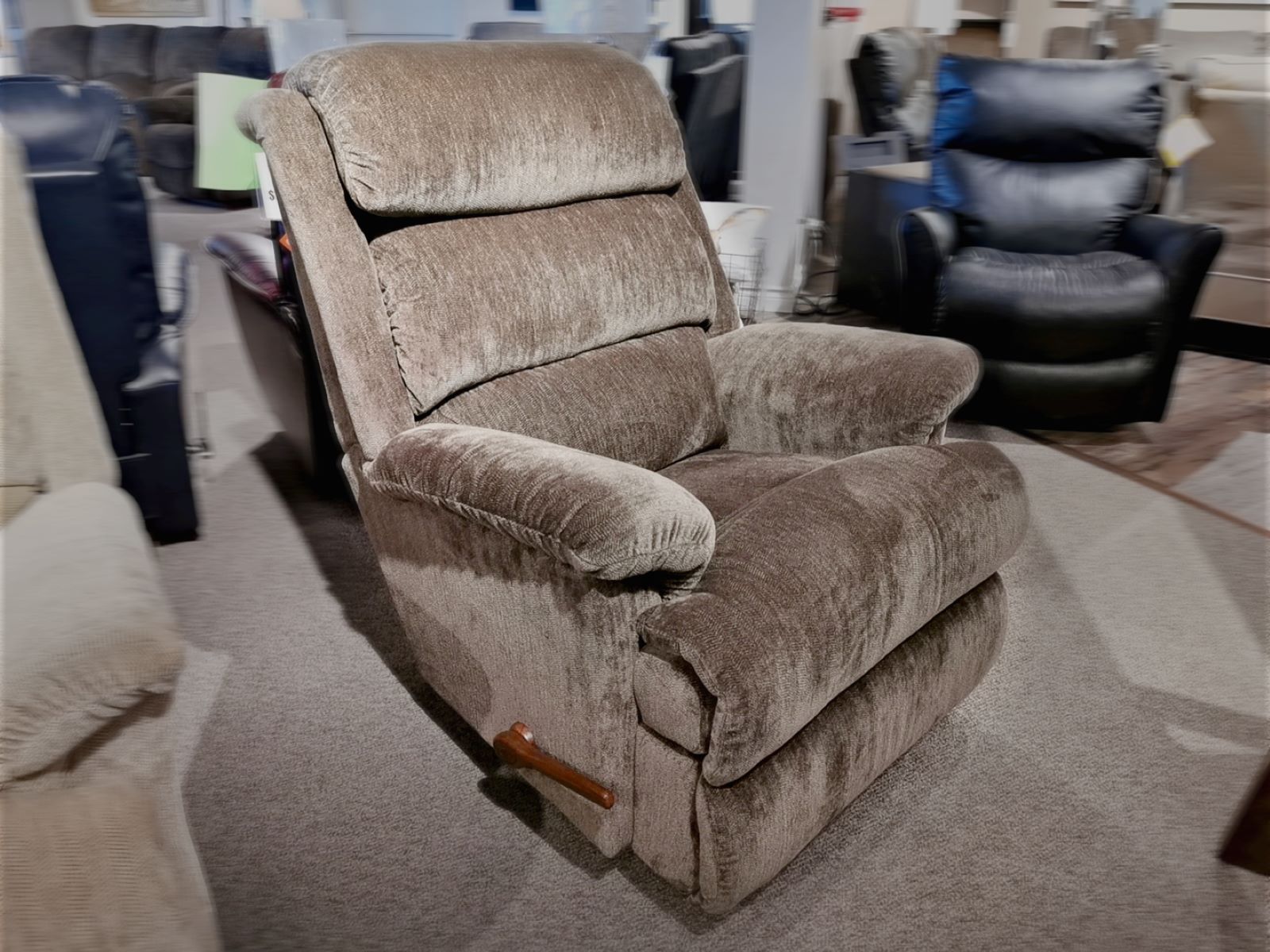


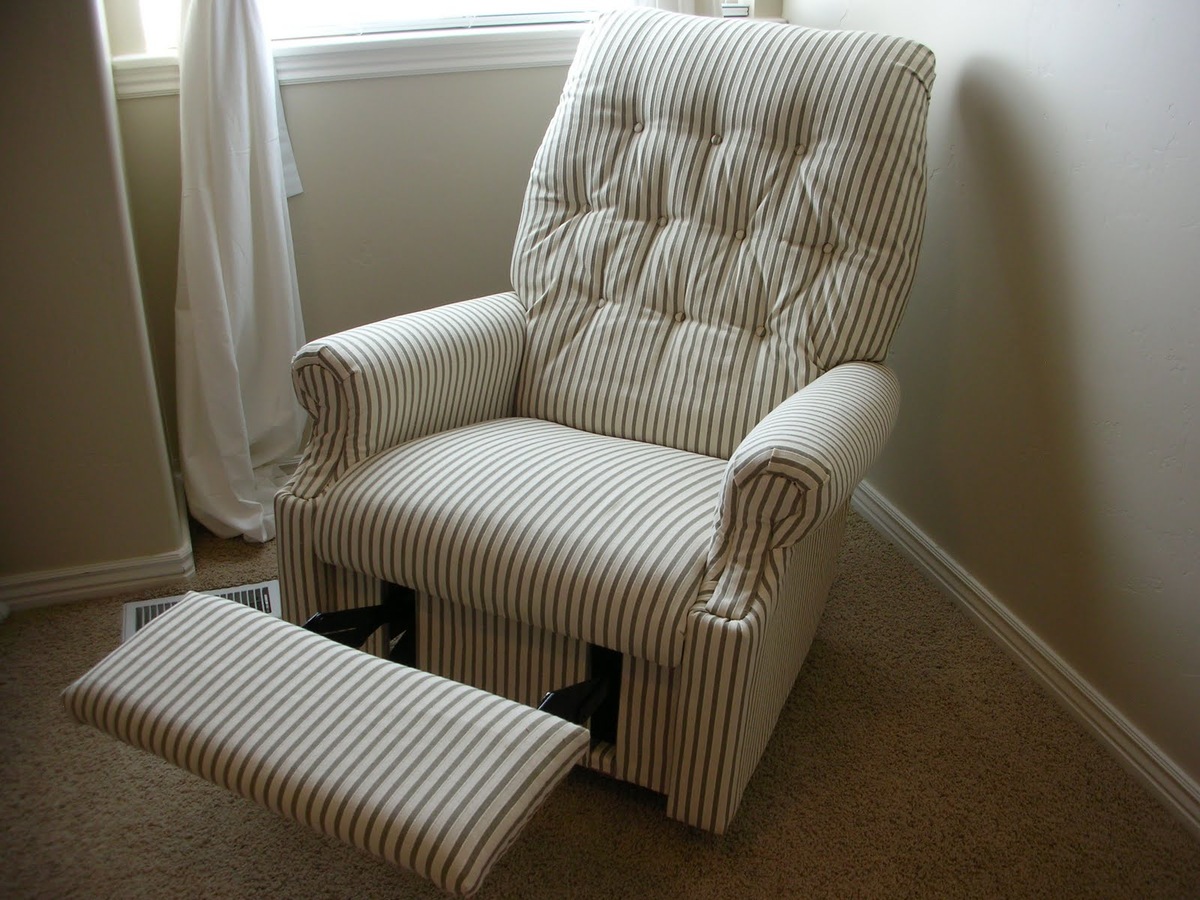
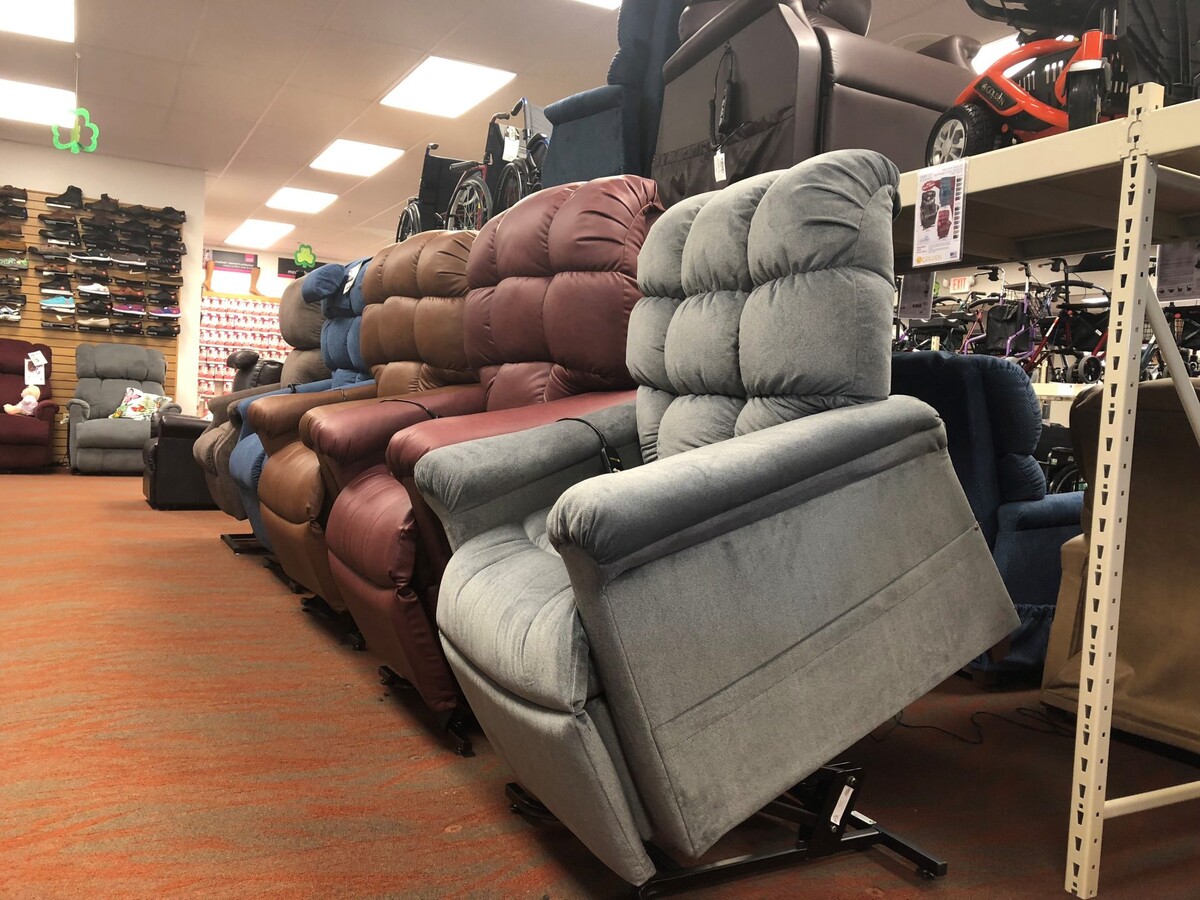
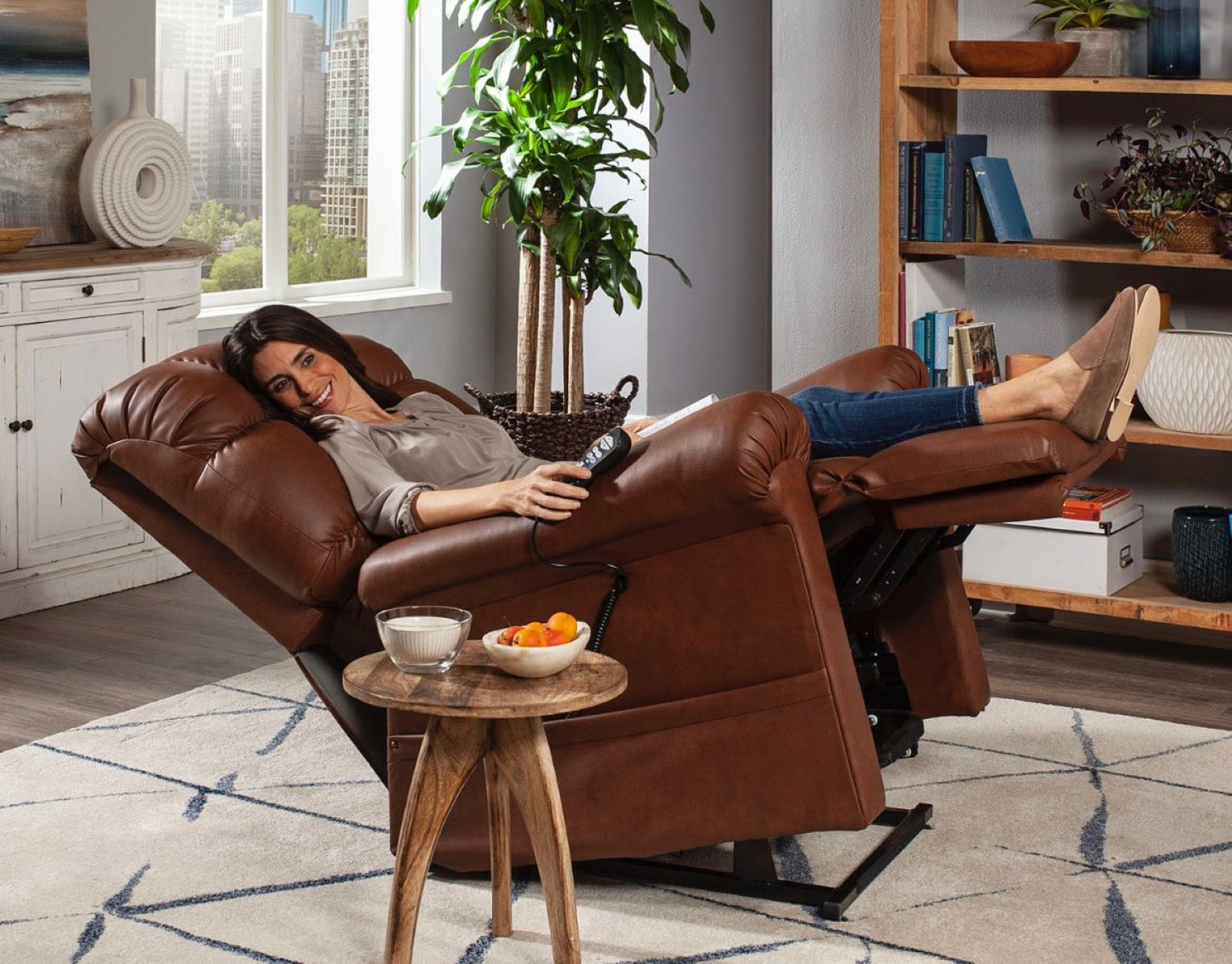
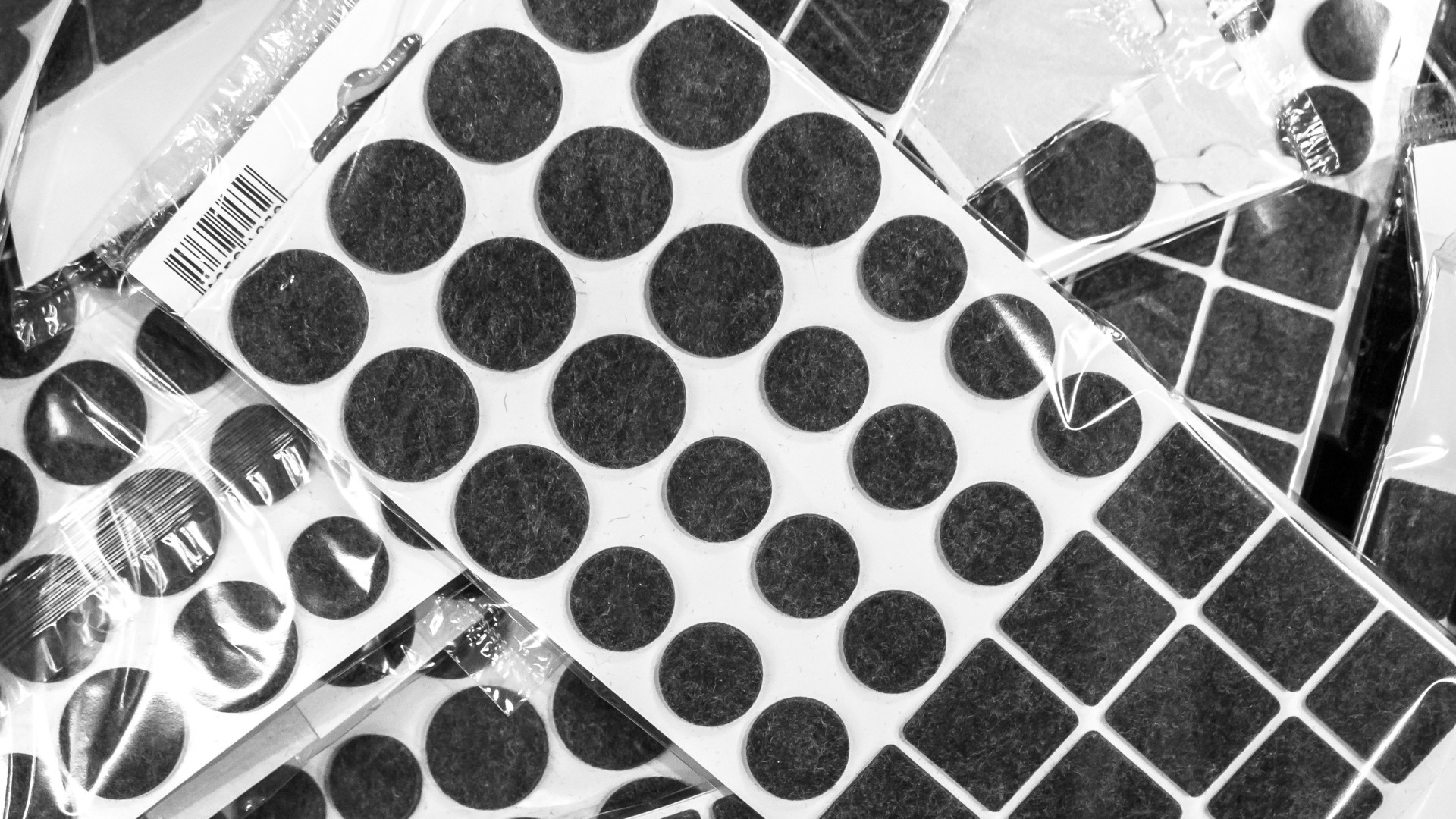
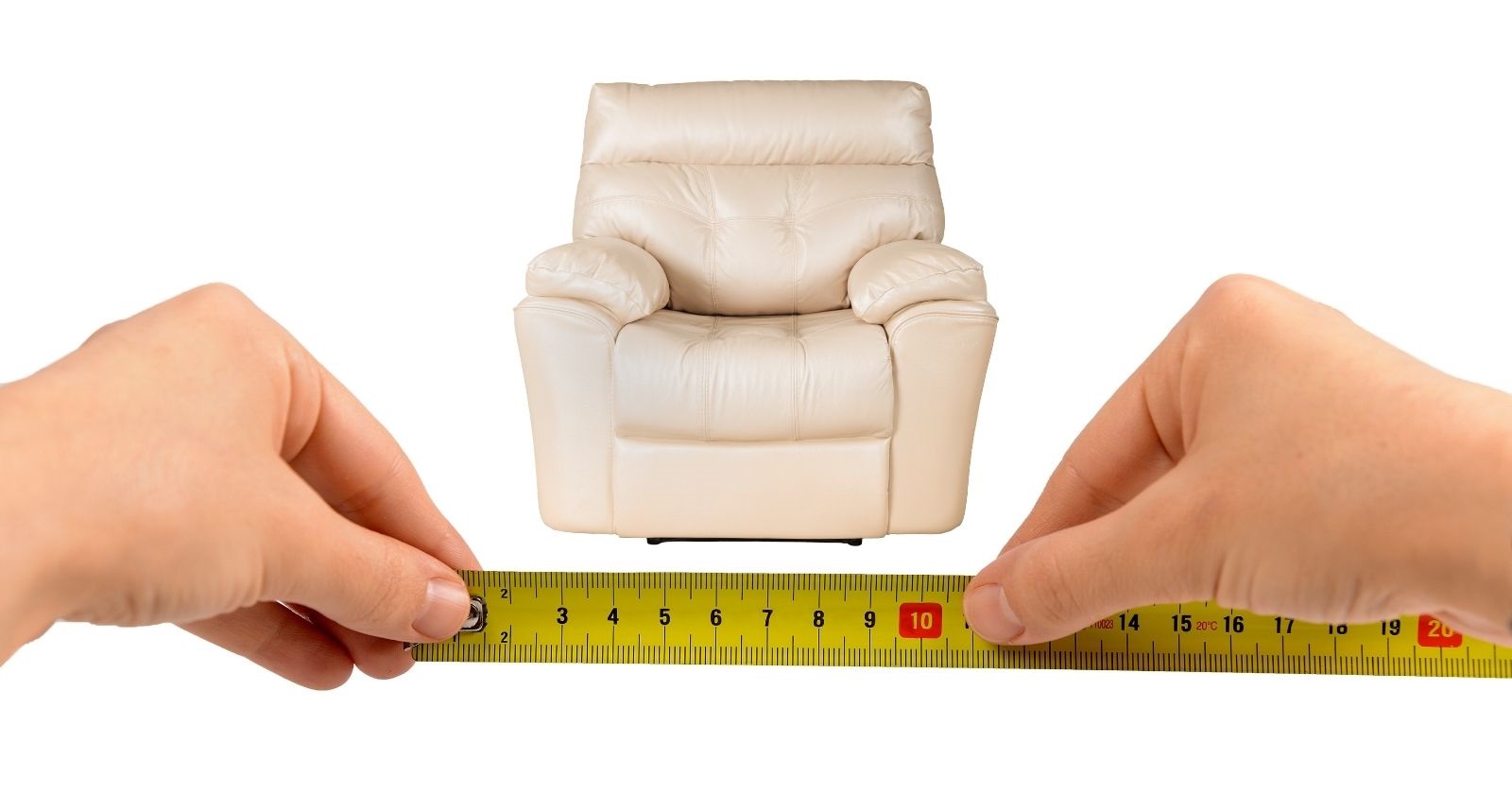
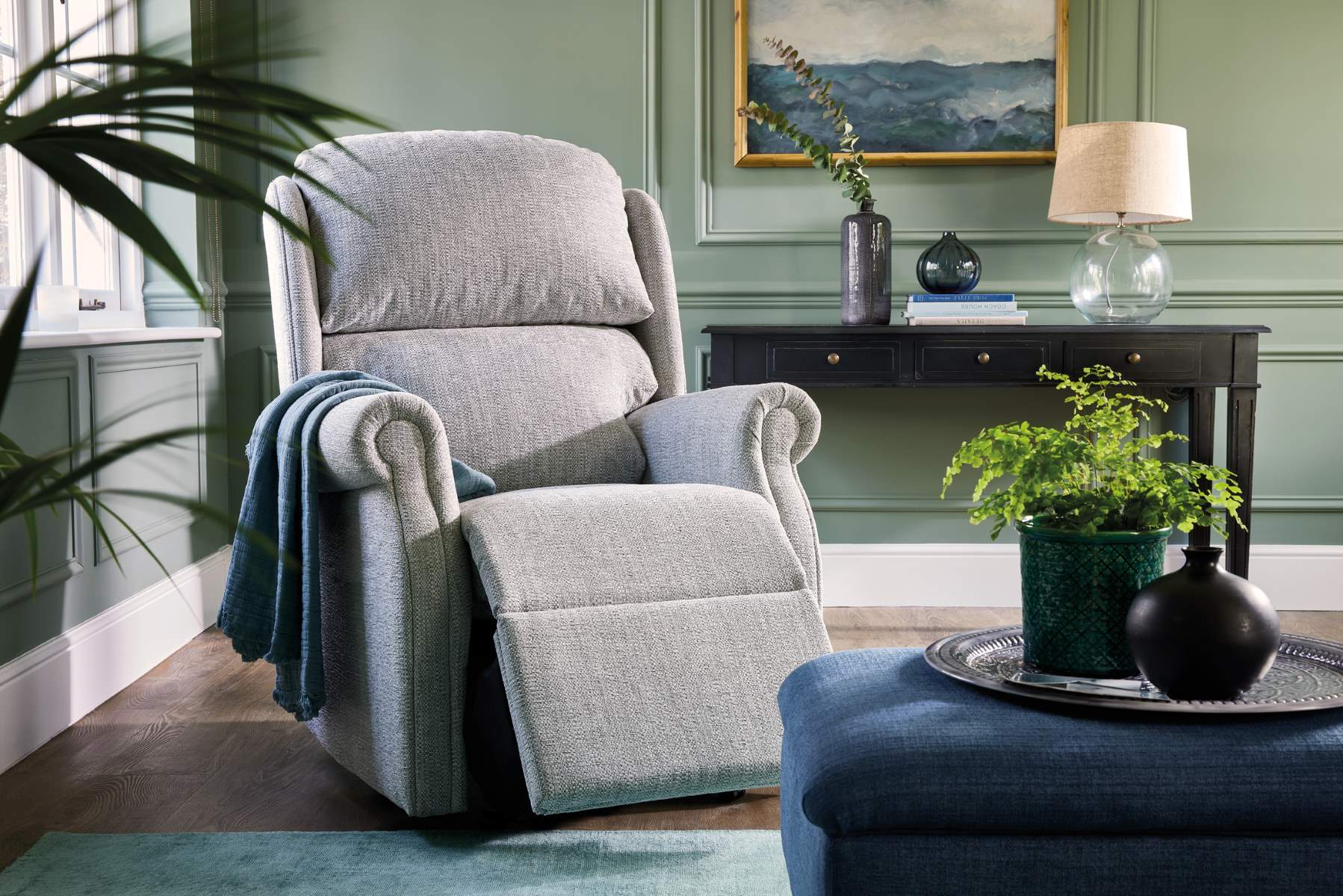
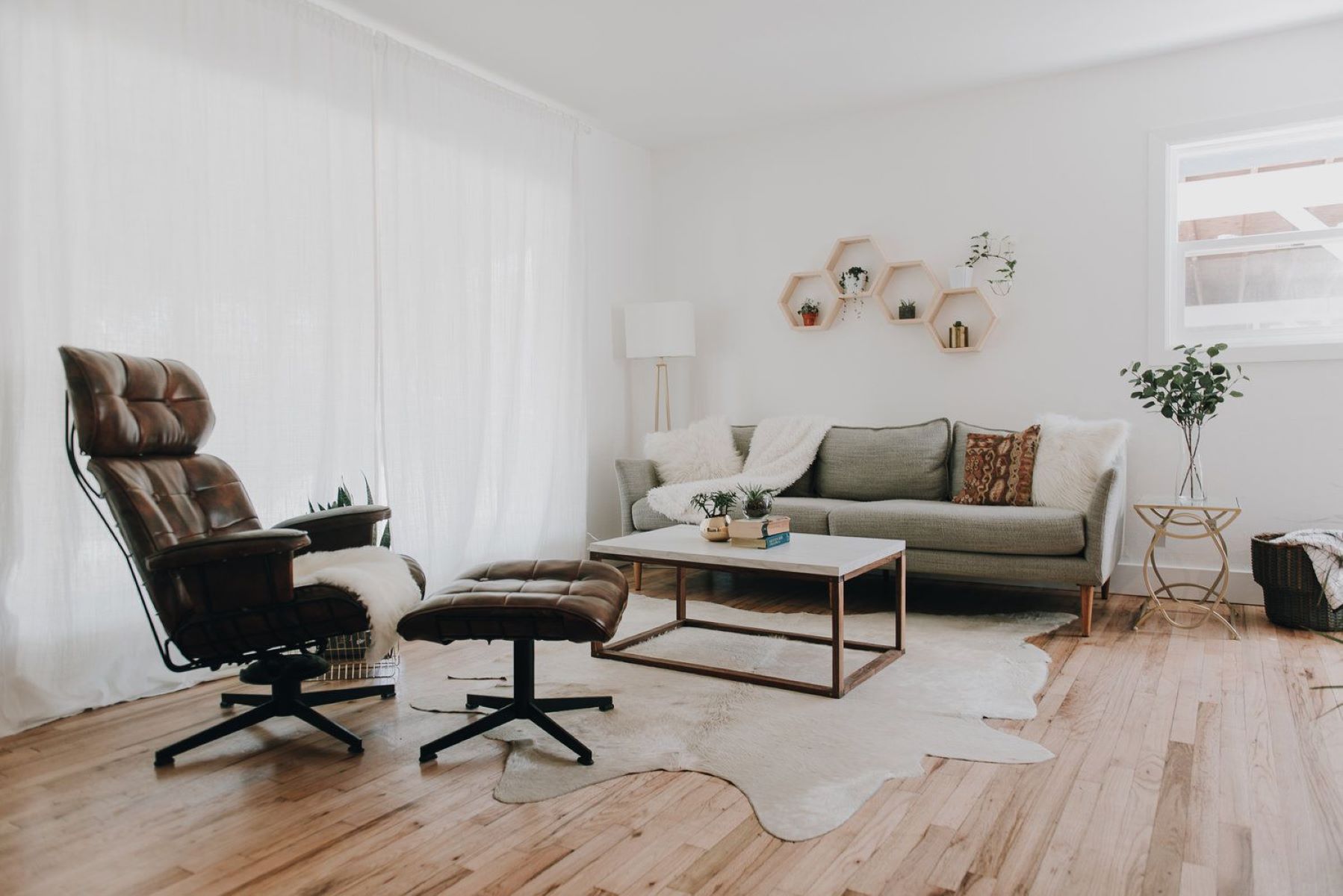

0 thoughts on “How To Add Padding To Recliner Seat”